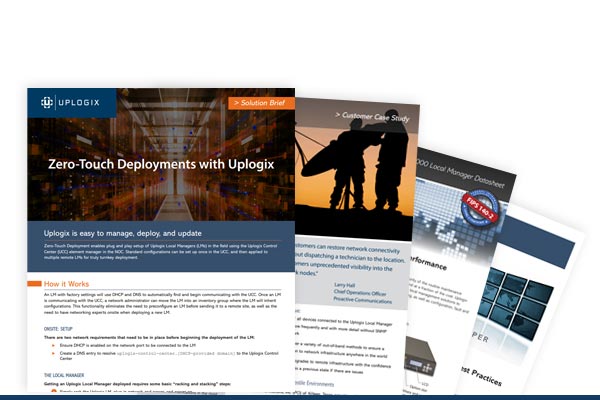Tesla owners received an early Christmas present last week with the release and automatic download of their Version 7.0 software. The release activates a collection of sensors, radar and cameras and ties them together with a digitally-controlled braking system and cruise control to provide what Tesla is calling Autopilot. The company describes the features as:
Autopilot allows Model S to steer within a lane, change lanes with the simple tap of a turn signal, and manage speed by using active, traffic-aware cruise control. Digital control of motors, brakes, and steering helps avoid collisions from the front and sides, as well as preventing the car from wandering off the road. Your car can also scan for a parking space, alert you when one is available, and parallel park on command.
Immediately the news featured video of apparently confused Teslas nearly driving themselves into oncoming traffic or almost veering off the road before the driver re-took control of the vehicle. CEO Elon Musk urged owners not to totally forget they are driving, saying, “We tell drivers to keep their hands on the wheel just in case, to exercise caution in the beginning.” The cars do beep if a driver doesn’t make contact with the steering wheel for more than a few seconds. If the hands-off driving continues, the car will come to a controlled stop eventually.
The question at hand isn’t can Tesla owners take advantage of the Autopilot — it’s already downloaded to their Model S. And legislation determining if it’s legal or not is non-existent. It’s a matter of will owners give up control and trust the automation.
It’s a similar situation to what we face at Uplogix with our out-of-band platform. The functionality for automation is there—like Tesla’s radar, sensors and cameras, Uplogix has a rules engine that can gather data and look for trends over time before executing an action and service level verification that performs real-world tests of network measurements.
Beyond just telling our customers to “keep their hands on the wheel,” Uplogix provides safety net features like the ability to recover from a failed configuration change and the comfort of knowing that with the out-of-band link they will be able to get to their gear if the network is down. Beyond management access, with WAN Traffic Failover, that out-of-band link can keep traffic moving in the event of the network going down.
Automation adoption by our customers varies. And that’s ok. We have a lot of basic automation features that help make us the most evolved out-of-band solution on the market before we even talk about our advanced automation.
Sometimes automation takes a while to get used to. Sometimes exercising it with caution is warranted. Sometimes it’s proven. Would you be more comfortable automating your morning commute or your network infrastructure management?





